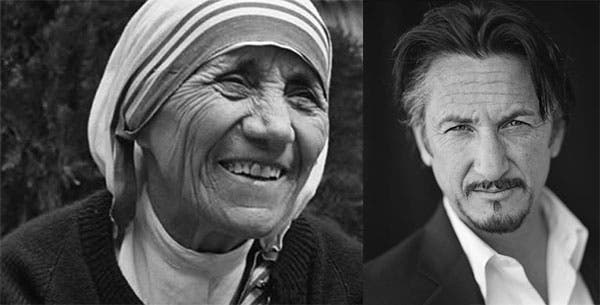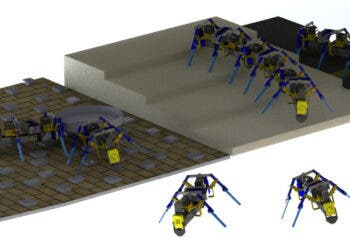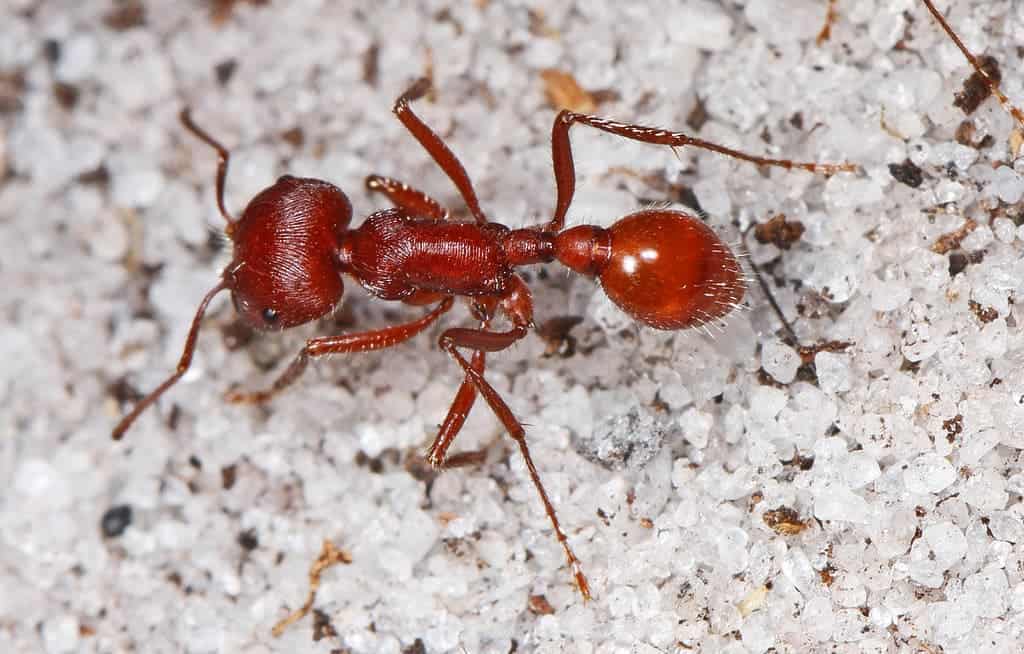
Here’s a question: what’s the difference between actor Sean Penn and the charitable Mother Theresa? Bear with me for a second. Here’s a bit of context: following the onslaught left by Hurricane Katrina, Penn hurried to New Orleans to aid victims. Allegedly has has personally saved 40 people. Today, however, he’s scorned and mocked of because he also brought a camera crew and publicist along for the ride to document his humanitarian effort. Both Mother Theresa and Sean Penn have engaged in what can be described as humanitarian aid, yet one’s seen as a saint, while the other is made fun of. The key difference is motivation and now game theory may finally be able to account for it.
A true altruist doesn’t open the envelope
Mathematicians at Harvard’s Program for Evolutionary Dynamics (PED) believe they have solved a long lasting problem: how do you formulate a game theory where the motive makes a difference? To address this obvious issue that fails to reflect reality, researchers devised an elegant solution and added a new wrinkle to classic cooperation game. The new model called the “envelope” might not only help us understand how cooperation evolved, but also why people care about other people’s motives during interactions.
“What’s new about this game is that rather than simply deciding whether to cooperate or defect, you now have a new choice, which is whether to open this envelope,” Moshe Hoffman, a research scientist at PED said. “Inside the envelope, it tells you the cost of cooperation. It’s either high or low. Basically, the envelope is a metaphor for considering the cost of cooperation before making a decision, and someone who’s very principled about cooperation, or a genuine altruist, they would never open the envelope.”
The envelope is basically a life cheat, which offers the player valuable information which he can then use to decide whether or not to continue cooperating. The second player also can then decide whether to repeat the interaction, with a new envelope, or end the relationship.
“What’s innovative about this model is we’re able to capture this notion that people care whether or not you’re principled,” Hoffman said. “What we see in real life is that people only choose to continue a relationship with those who don’t open the envelope, because someone who is a genuine altruist … they just cooperate without looking.” Where prior models were predicated solely on whether the players chose to cooperate or defect, this model, Hoffman said, introduced this additional factor, “and what that represents is whether or not you’re thinking about the cost of cooperation.”
The New Orleans rescue mission ultimately became fodder for criticism because Penn was believed to have ulterior motives, which were not entirely altruistic to say the least. Most people can tell you this, but models couldn’t – now they can. So, basically bringing a camera crew to document your rescue efforts in New Orleans is the real-world equivalent of looking in the envelope. The public sees Penn has having made a less costly decision having opened the envelope, so he can’t be trusted as a stable cooperator.
“Previous models of cooperation would predict that people would cooperate with [Sean Penn] because he’s doing good,” Hoffman said. “Those models had a hard time capturing the fact that while [someone] … cooperated, it’s kind of a dirty form of cooperating. This new model allows us to differentiate because even though he’s cooperating, he’s someone who cooperates while opening the envelope.”
But that’s not to say that this is an inherently bad form of cooperation – it’s just different.
“Because this model is the first of its kind, and it feels so different from all the other models, it took us some time to analyze it. And what we found is that there will be some situations in which you would only cooperate with a person if they don’t open the envelope. There may be other strategies — such as a business relationship — where you can continue to cooperate regardless of whether the other person looks. What we wanted to analyze is which equilibrium is chosen by evolution and under what circumstances.”
Understanding how motives affects cooperation is important on many levels. For one, business managers or politicians have a lot to learn from the envelope model. For instance, a classic cooperation model would see a politician changing positions based on polls as merely responding to his or her constituents, and not as a “flip-flopper”. Obviously, people condone this sort of behavior in real life because it makes the politician unreliable, and the envelope model takes this into account.
Scholars in philosophy and theology have tried to explain altruism through conventional means for hundreds of years. This sort of model signals a different kind of exercise, one that is less based on speculation and more on facts. This why, we might reach a point where the origin of altruism and its evolution might be objectively traced.
“I don’t think this is the best model for capturing everything about cooperation,” Hoffman said. “If what you want to understand is why people reciprocate, or why people do good in the first place, the models of reciprocal altruism are very, very insightful. But this is the only model that can capture why we care about the motives of others, or why people want to be principled.”






